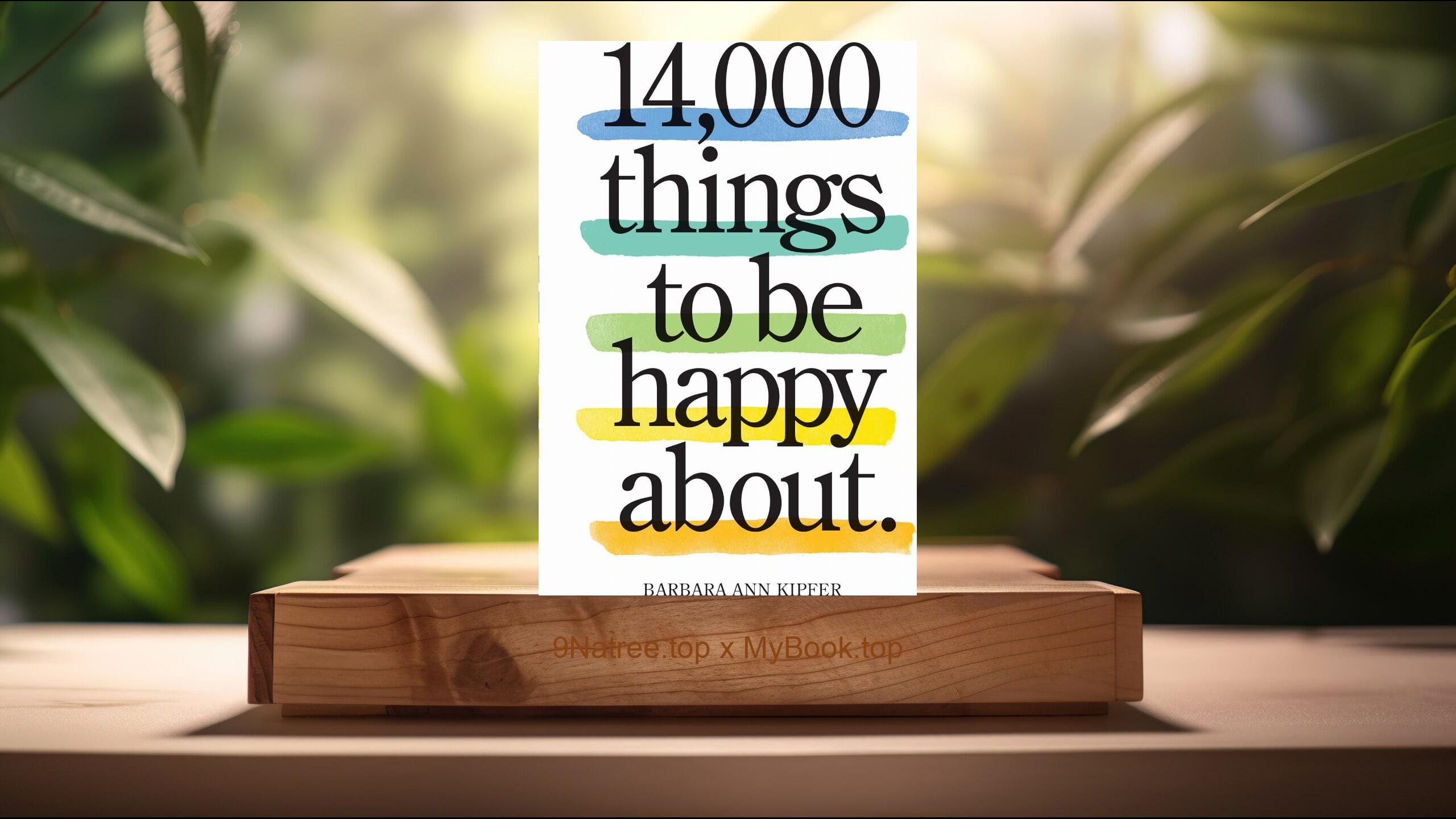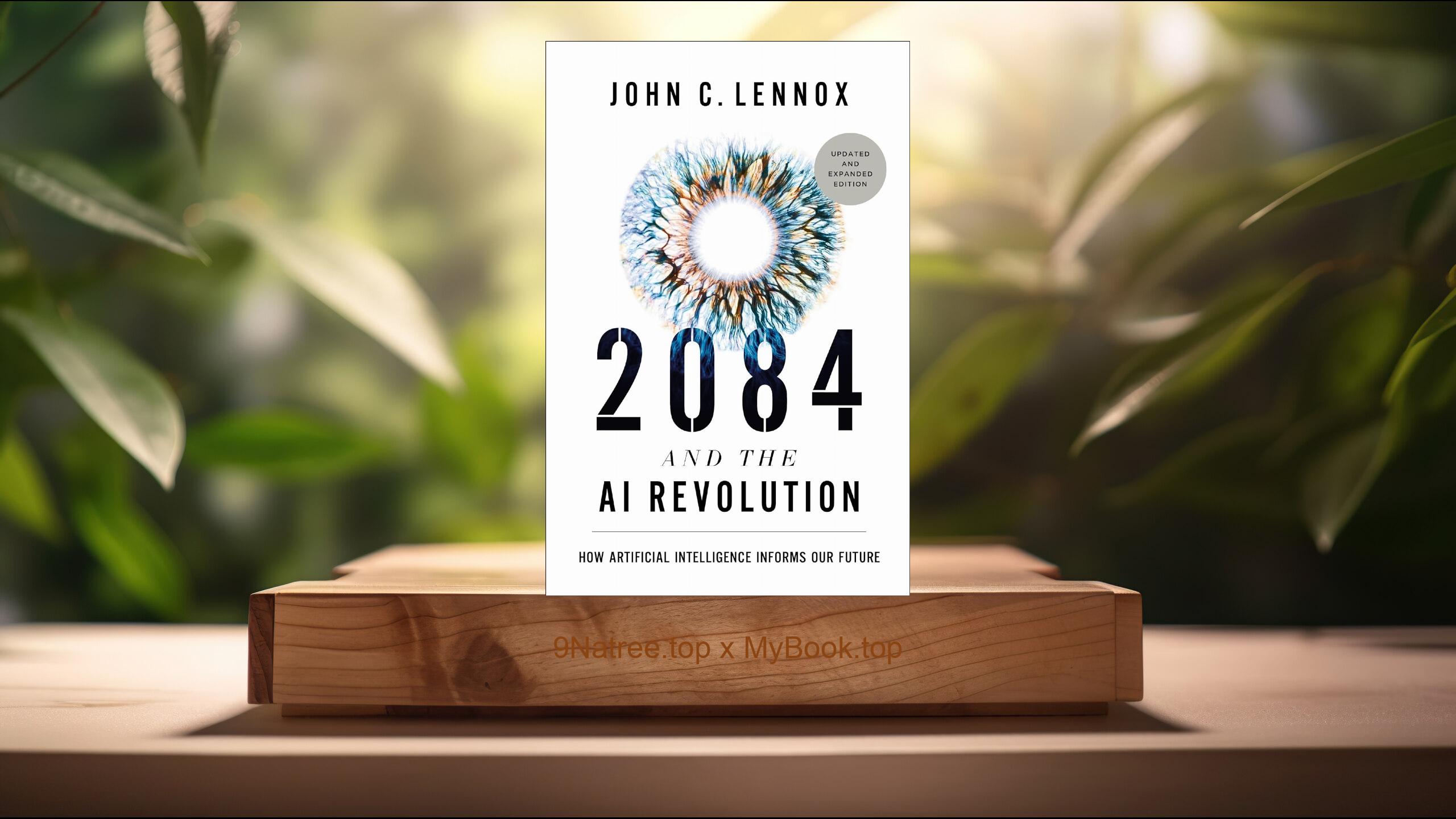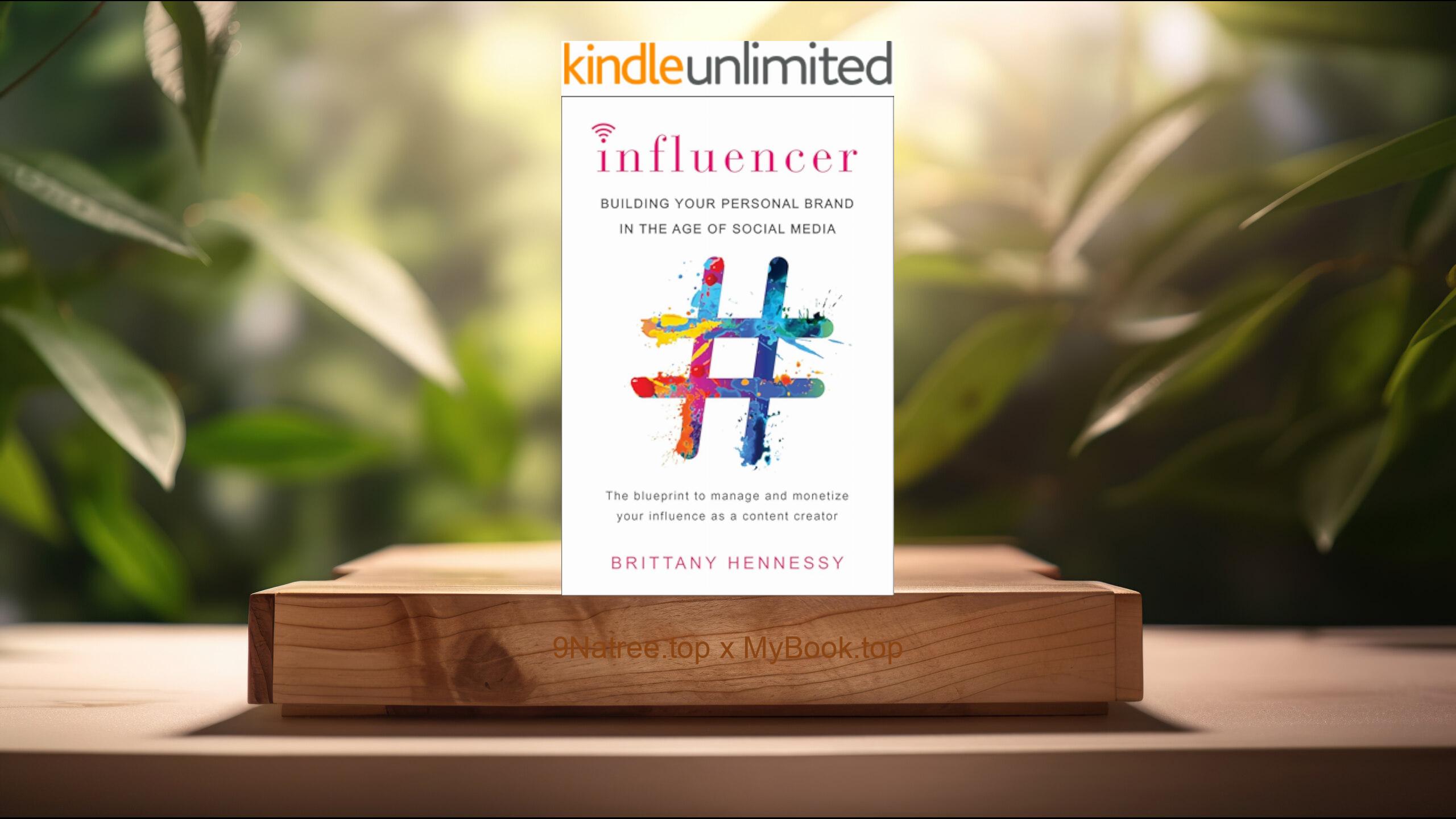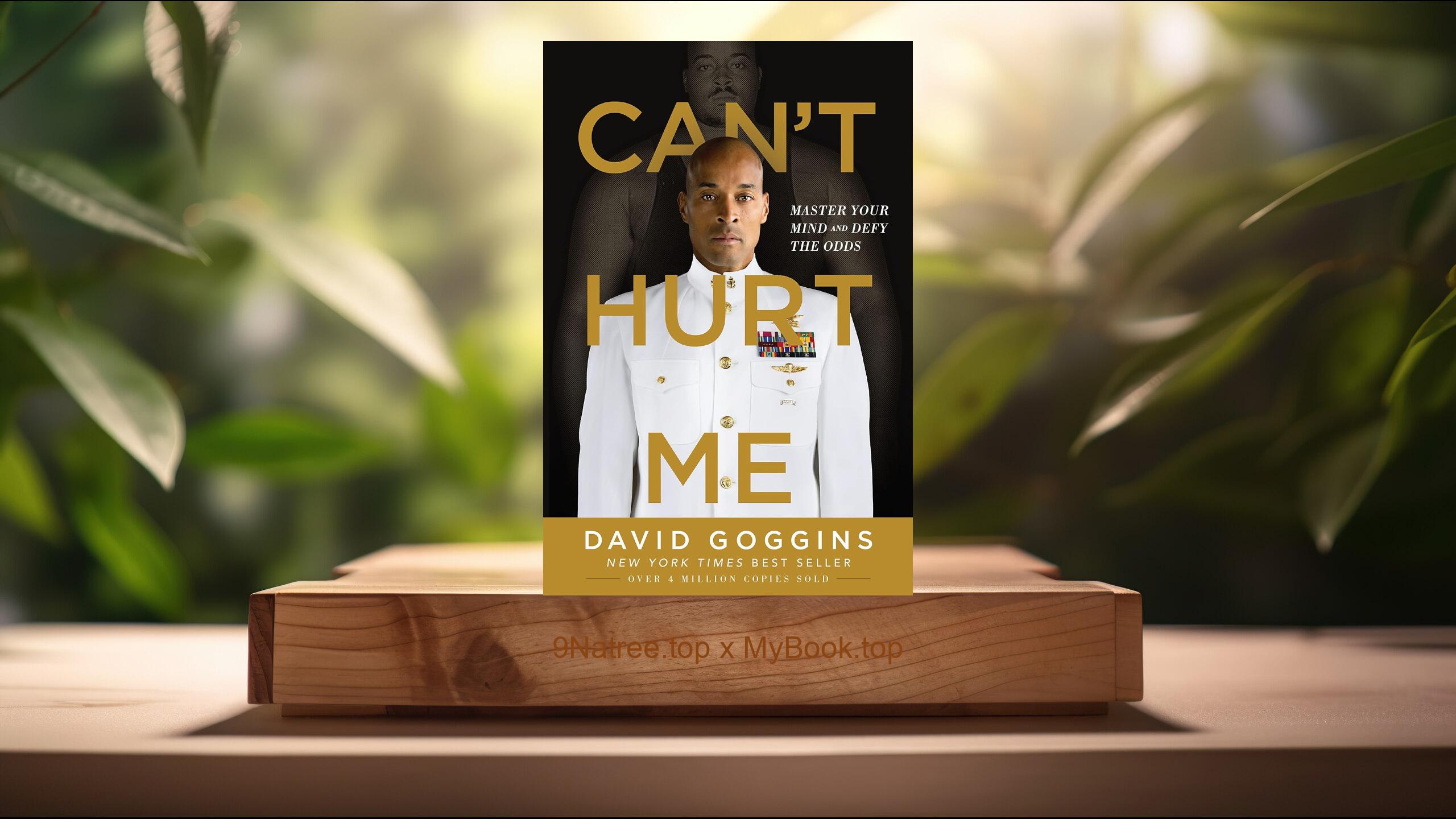Show Notes
- Amazon US Store: https://www.amazon.com/dp/B000GCFW0A?tag=9natree-20
- Amazon Worldwide Store: https://global.buys.trade/Stumbling-on-Happiness-Daniel-Todd-Gilbert.html
- Apple Books: https://books.apple.com/us/audiobook/stumbling-on-happiness-unabridged/id1417315538?itsct=books_box_link&itscg=30200&ls=1&at=1001l3bAw&ct=9natree
- eBay: https://www.ebay.com/sch/i.html?_nkw=Stumbling+on+Happiness+Daniel+Todd+Gilbert+&mkcid=1&mkrid=711-53200-19255-0&siteid=0&campid=5339060787&customid=9natree&toolid=10001&mkevt=1
- Read more: https://mybook.top/read/B000GCFW0A/
#PsychologyofHappiness #BehavioralEconomics #DecisionMaking #FutureSelf #CognitiveBiases #ImaginationandHappiness #CulturalInfluencesonHappiness #StumblingonHappiness
These are takeaways from this book.
Firstly, The Misconception of Happiness, A central theme of 'Stumbling on Happiness' is the misconception of happiness. Gilbert argues that our brain's frontal lobe allows us to simulate future events, but this capability is flawed. We overestimate the joy or misery that future events will bring due to errors in foresight such as impact bias and projection bias. Impact bias leads us to overestimate the emotional impact of future events, whether good or bad, while projection bias makes us assume our future selves will have the same desires, preferences, and emotional states as our current selves. Through various experiments and psychological studies, Gilbert demonstrates how these biases distort our predictions about happiness, leading us often to chase after things that won’t actually bring the fulfillment we expect.
Secondly, The Present versus Future Self, Gilbert dives deep into the concept of the 'present versus future self' to explain why people make decisions that their future selves often regret. He uses the example of saving for retirement—a future self's need—as something the present self can easily neglect in favor of immediate pleasures. The disconnect between our present and future selves is a significant barrier to happiness, according to Gilbert. The problem lies in our imagination's limitations and our inability to accurately predict how our desires and needs will change over time. This temporal myopia leads to choices that prioritize immediate gratification over long-term well-being, contributing to a cycle of dissatisfaction and regret.
Thirdly, The Role of Imagination in Happiness, Gilbert posits that imagination plays a crucial role in our pursuit of happiness, but it's a double-edged sword. While the ability to imagine future scenarios is what separates humans from other animals, our imaginations are often inaccurate. Gilbert identifies several reasons for this, including the tendency to fill in gaps in our knowledge with assumptions, a focus on what is imaginable rather than probable, and the influence of present emotions on our predictions for the future. These errors of imagination lead us to make decisions that we believe will bring happiness, but often do not, because we cannot accurately predict how we will feel in the future.
Fourthly, The Influence of Culture on Happiness, Gilbert explores how culture influences our perceptions of happiness and our pursuit of it. He argues that societal norms and media shape our ideas of what will make us happy, often leading us astray. The relentless pursuit of wealth, success, and beauty, driven by cultural narratives, may not necessarily lead to happiness. Gilbert suggests that understanding how cultural expectations shape our desires can help us make better choices. By recognizing that these desires might not be our own but rather a product of societal conditioning, we can start to question and potentially redefine our paths to happiness.
Lastly, The Limitations of Self-Report in Measuring Happiness, One of the critical insights Gilbert offers is about the limitations of self-report in measuring happiness. He points out that when people are asked how happy they are, their answers are often influenced by temporary moods, social desirability, and the context in which the question is asked. This makes it difficult to obtain accurate measures of happiness through self-reporting. Gilbert discusses alternative ways to measure happiness, including behavioral indicators and brain imaging techniques, providing a more nuanced understanding of human emotions. By acknowledging these limitations, Gilbert suggests we can get a clearer picture of what happiness truly is and how it can be achieved.
![[Review] Stumbling on Happiness (Daniel Todd Gilbert) Summarized](https://episodes.castos.com/660078c6833215-59505987/images/1790018/c1a-085k3-jp4nnojgcvk6-cizcjl.jpg)




